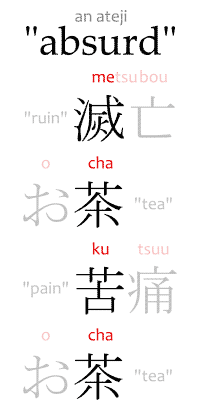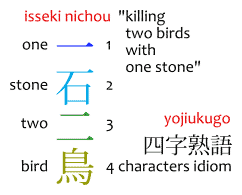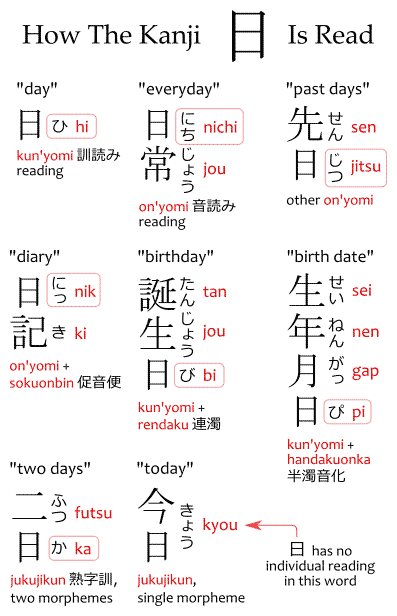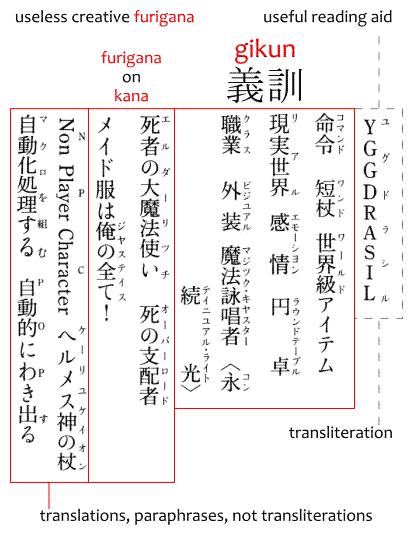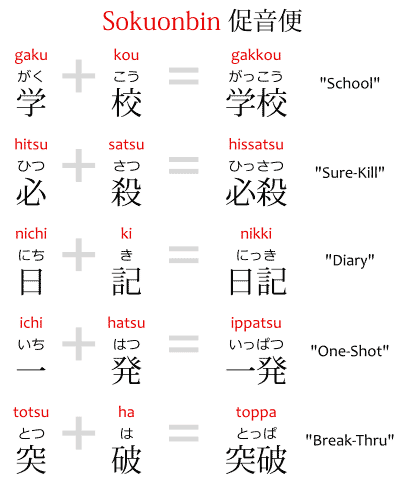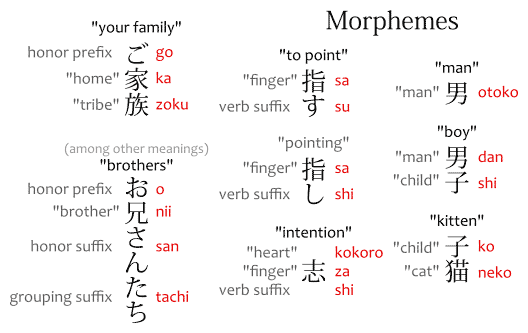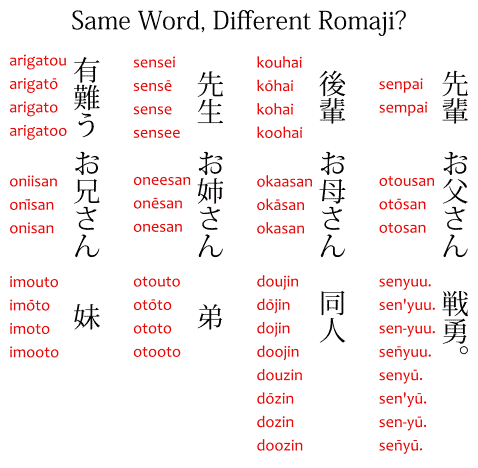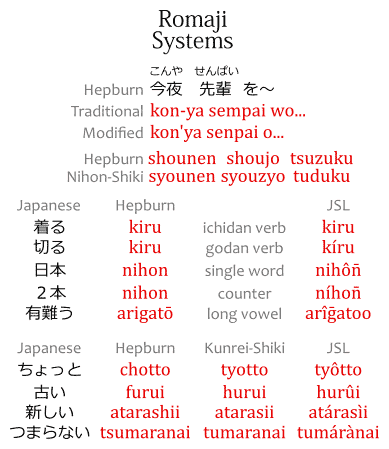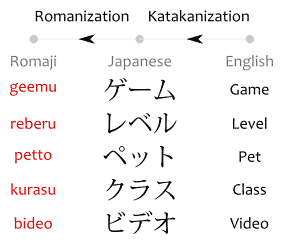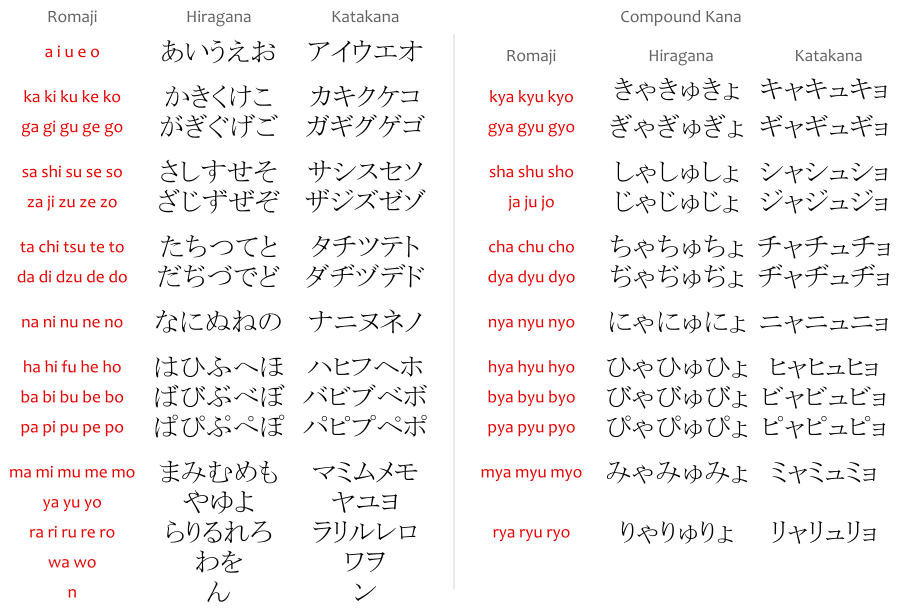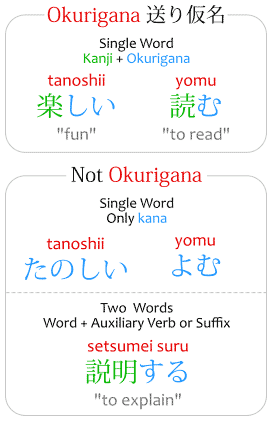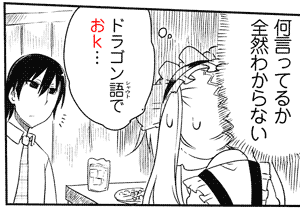Spaces in Japanese
Most of the time, Japanese does not use spaces between words. All words are written without any sort of explicit division between them. The only thing in common with English is that words aren't broken in the middle when a line ends; lines often end in a word and start with another word.
You may think this is insane because, after all, how would you be able to tell the words apart without spaces?! But in Japanese you can tell the words apart based solely on the alphabet used to write them (hiragana, katakana or kanji) and on certain word patterns you get used to after a while, so spaces aren't really necessary in the written language.
However, there are still cases where a space is put between words in Japanese, rare cases, yes, but they exist.





